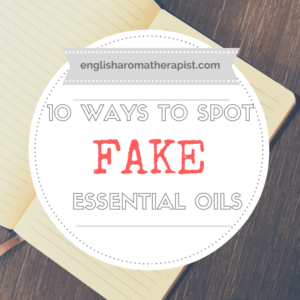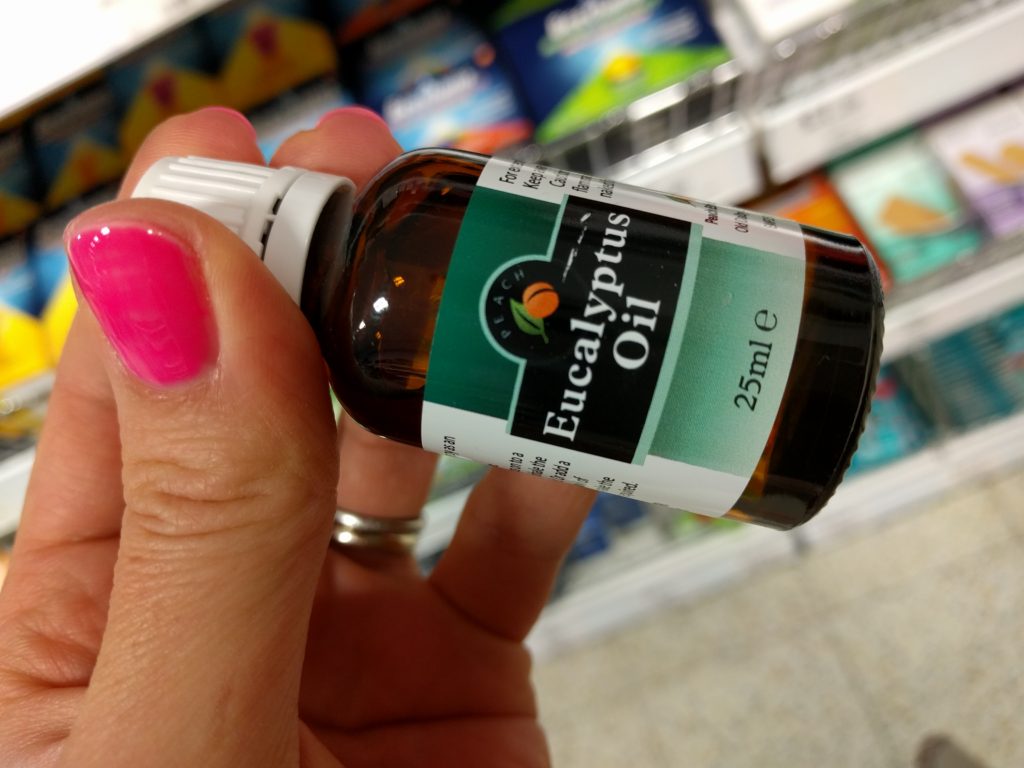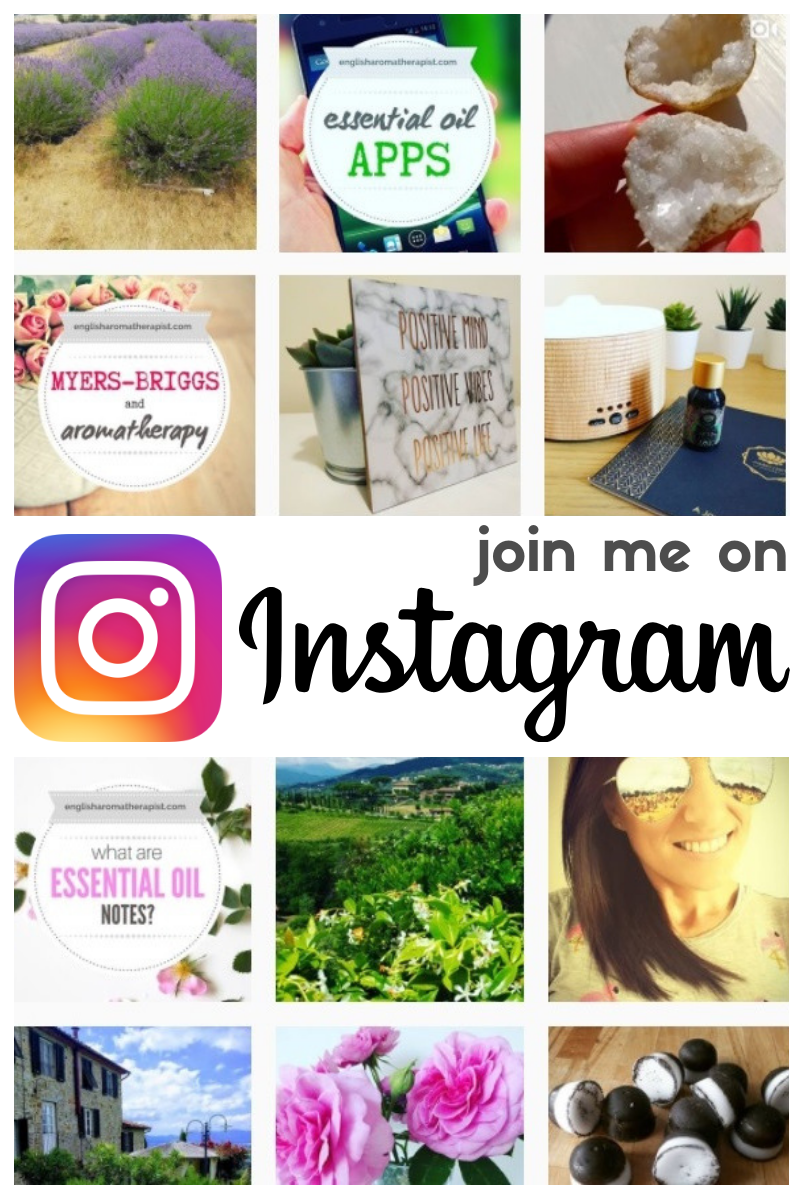10 Ways to Spot Fake Essential Oils

In our health-obsessed society, essential oils are more popular than ever before. With a global market value worth over $6 BILLION, it’s no wonder that businesses are keen to jump in and get a slice of the pie.
With so many essential oil brands available, the choice can be overwhelming. How can you tell which brand is the best, or which oils are the best quality? It’s often difficult to filter through all the marketing hype to find out the facts. A couple of well-known brands are notorious for promoting their oils as being “the ONLY pure essential oils” on the market. This is clearly nonsense – there are many companies all over the world that sell high-quality, pure, therapeutic essential oils.
However…there are also many companies selling cheap, fake, synthetic or adulterated essential oils that have no therapeutic value whatsoever.
The purity of essential oils can be tested in a chemical lab, but for the average home user this is not a viable option. So, let’s take a look at 10 simple ways to tell whether your essential oils are genuine or not:
1. PRICE
Low price does not necessarily mean low quality. Some essential oil brands are hugely overpriced, often to cover several layers of sales commission as part of a multi-level marketing scheme. But if the oils are suspiciously cheap, this should raise alarm bells. Compare prices with other aromatherapy suppliers to gauge the average price of an oil – does it seem vastly cheaper? If so, it’s more likely to be synthetic or adulterated. Cheap rose or jasmine oil is usually a dead giveaway!
2. HISTORY
How long has the brand existed? Do they have a long history in the aromatherapy industry, with a professional reputation? Professional brands will often exhibit at trade shows, or supply colleges and other training providers. In the UK, most reputable brands will be registered with an organisation like the Aromatherapy Trade Council, which signifies compliance with a professional Code of Practice.
3. PACKAGING
Undiluted pure essential oils should always be stored in dark-coloured glass bottles. Plastic is only acceptable where the essential oils have already been pre-diluted in a carrier oil (e.g. ‘Ready to use’ massage blends; shower gels etc.)
4. BOTANICAL INFORMATION
Does the label include the Latin name of the essential oil? Avoid any brands that just state the common name. The photo below shows a 25ml bottle labelled “Eucalyptus Oil”, with no mention of what type – Eucalyptus globulus? Eucalyptus radiata? Another type? Who knows!

5. OILY TEST
This is a simple test that anyone can do at home. Most true essential oils will not usually leave an oily residue when dropped on to paper (with the exception of some heavy base notes). Just add one drop to a sheet of white paper and leave to dry. After a few hours, there should be virtually no visible trace left on the paper. An oily shadow indicates that it might have been stretched with carrier oil, meaning it is not 100% pure essential oil.
It’s important to remember that this test is not scientific or conclusive on its own merit, but it can be helpful when taking all factors into consideration.
6. LABELLING
Essential oils should be labelled properly in accordance with legal requirements. A professional brand will usually include the country of origin, ingredients, batch number, expiry date, storage information, safety advice and details about the company. And watch out for spelling mistakes – never a good sign!
7. SMELL
With experience, you can learn to smell the difference between pure and synthetic essential oils. Does it smell like alcohol, or have an artificial scent? If so, it’s unlikely to be pure essential oil.
8. FEEL
Rub a drop of essential oil between your fingers – does it feel oily? If so, chances are it’s been stretched with carrier oil. Apart from a few exceptions, most pure essential oils should not feel thick or greasy.
9. CONTACTS
The internet is full of bogus sellers of essential oils. Try to avoid buying from anonymous sellers on eBay – look for a company with a professional website, including full contact details of their address and phone number.
10. COMPARE
To widen your experience, it’s a good idea to try out different brands of essential oils. If you’re not sure whether your essential oils are genuine or fake, sample a few bottles from other brands so you have something to compare it to – you might be surprised by the difference!
What to read next: Is This Brand OK?
Follow me on...
Share this on...
